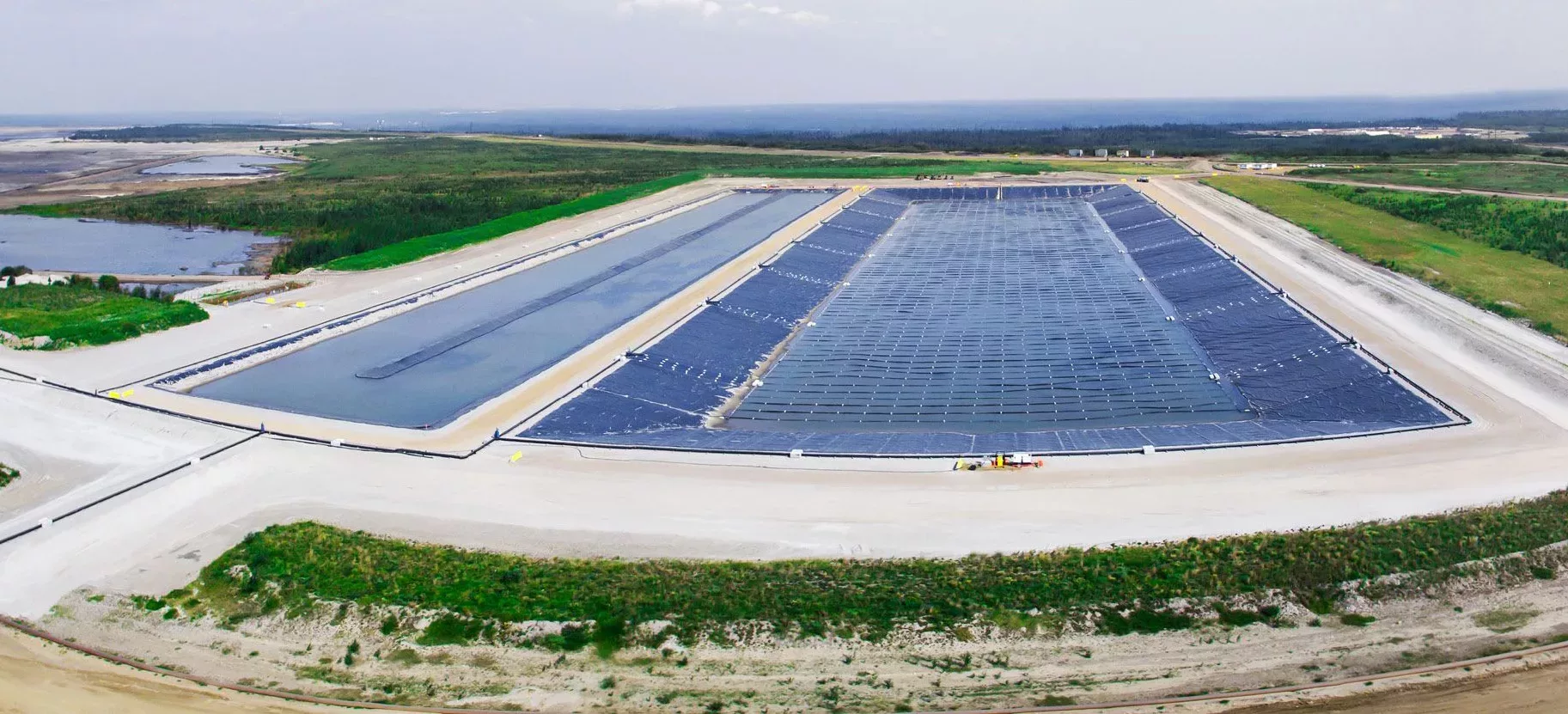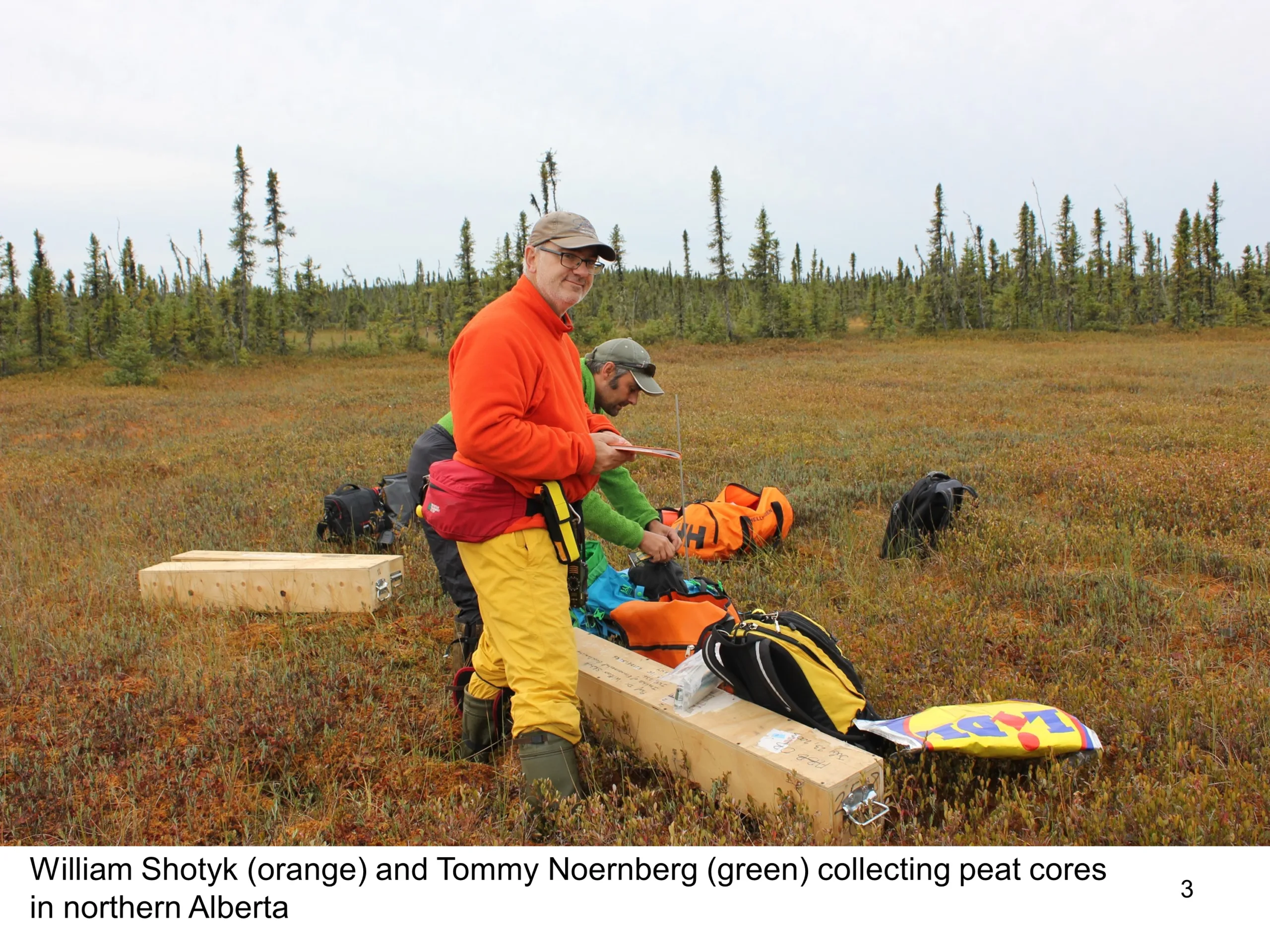Water release proposal supported by strong science

As the governments of Canada and Alberta work to establish regulations for the safe release of treated oil sands mine water to the environment, industry representatives say they are ready to respond with proven treatment technologies once the rules are known.
Release of treated wastewater is done by all municipalities and is also the common practice in many industries and in virtually every mine on earth.
Even though oil sands mine operators have the technical ability to treat and release water, there is currently no federal regulation in place to allow this. The federal and Alberta governments are now seeking to address that gap. In fact, Alberta’s Tailings Management Framework recognizes the need to release water to successfully close and reclaim oil sands mines and tailings facilities. The pending regulations will ensure protection of the receiving environment and its water users.
Reducing water storage
“Industry members and our regional stakeholders, including Indigenous communities, all recognize water is a precious and valued resource. We agree it must be managed responsibly,” says John Brogly, Director of COSIA’s Water Environmental Priority Area. “That’s why industry members put a significant focus on managing their water use.”
Without a regulatory framework supporting the safe release of treated water from oil sands mines, operators are constantly challenged to manage and store ever increasing volumes of water on site. Water has been accumulating for decades and dewatering, a process that involves treating and releasing this water to the environment, is necessary to reclaim tailings facilities. Continued water storage is not sustainable and not consistent with closure objectives. While other types of mines in Canada, like copper, nickel, gold, iron ore, and diamond mines, are able to release water (effluent) to the environment provided that it meets stringent regulatory requirements, there are no such regulations for oil sands mines.
Proven treatment technologies
So what does water treatment look like? And what should the goal be for treated water quality?
Process water used to extract bitumen from oil sand contains compounds that may need to be treated to reduce their concentrations to levels that are safe for release to the environment. These include salts, suspended solid material (sand, silt, and clay), a range of metals, and organic compounds referred to as naphthenic acids.
Most are common to process water from many other industrial activities. There are a wide range of proven treatment technologies already in use in Canada and globally that reduces them to safe levels. Naphthenic acids, however, which occur naturally in oil sands deposits, require additional treatment.
So, while the industry has for decades invested significantly in testing and adapting the effectiveness of known treatment processes, it has also developed new technologies for oil sands mine water treatment — especially those that treat naphthenic acids.
Many of these technologies were developed via COSIA and by leading producers such as Suncor Energy and Canadian Natural. In test and commercial-scale pilot projects, they’ve demonstrated that industry can treat these contaminants and reduce them to levels that are safe for release to the environment.
“In the science and technology world, water chemistry and water treatment is a large and well-established area of study,” says Brogly. “Options for treatment are well understood and ready to deploy. This solid technical foundation gives industry the confidence it can treat and safely release water with no negative downstream impacts.”
Protecting the watershed
For neighboring communities and water users, the most important goal is to ensure water release is done in a way that protects the integrity of the Athabasca River watershed.
“We share the concerns of our neighboring Indigenous communities in wanting to protect the downstream environment. We regularly consult with communities about various elements of our operations and water is no different,” says Rodney Guest, Director Closure Environmental Integrity at Suncor Energy.
“By meeting with communities, we have learned so much and gained understanding of concerns and have found we have so much more in common about wanting to protect the river and the watershed; the work ahead of us is to translate and implement this going forward.”
“We’ve done lots of testing to know that we can treat the water and get the chemistry where it needs to be, such that it supports aquatic life and is safe for all downstream users. These two considerations are driving our technical evaluations of various water treatment technologies.”
Engaging with regional communities
Engagement with regional stakeholders about water release has been ongoing for several years now. Industry members are committed to working with Indigenous partners and local communities as part of the regulatory process, and the federal government has struck a Crown-Indigenous Working Group that includes representatives from nine regional Indigenous communities. Detailed regulations enabling treated water release are expected in the next three to five years.
Ongoing water quality testing and environmental monitoring will provide assurance to local Indigenous communities and the public that treated water release is indeed safe. In fact, the Athabasca River watershed is already one of the most monitored watersheds in the world; the industry-funded federal/provincial Oil Sands Monitoring Program includes water, biodiversity, wetlands, groundwater, cumulative effects, and community-based monitoring. The new regulations are expected to intensify those efforts and include additional monitoring parameters.
“Through decades of technical focus and innovation, industry members are demonstrating our commitment to being responsible environmental stewards. The safe release of treated water will allow us to return former mining land back to nature,” notes Suncor’s Rodney Guest.
——————————————————–
Interested in other stories on water management in the oil sands?
Check out these blogs from COSIA, the innovation arm of Pathways Alliance:


